Gross-Rosen
Gross-Rosen concentration camp was first set up as a satellite camp to Sachsenhausen in 1940, but became a year later an independent concentration camp with its own satellite camps. The most famous is perhaps Brneec (Brunnlitz in German) in present Czech Republic. It was there that Oskar Schindler moved his factory from Krakow and brought with him about 1200 Jewish workers who thus escaped death. Brunnlitz was liberated by the Russians on May 10, 1945. Gross-Rosen was also the camp that about 60,000 prisoners from Auschwitz were forced to march toward when SS evacuated Auschwitz in late January 1945. Not even half reached Gross-Rosen, but were either murdered by the SS or died from exhaustion. Prisoners from virtually all of occupied Europe were imprisoned in Gross-Rosen or in one of the its satellite camps.
The prisoners who sat in the main camp (10,000 prisoners) were mainly used as forced labor in the nearby granite quarry. Gross-Rosen also delivered slave workers to the tunnel constructions at Anlage Riese. In December 1941, 119 prisoners were killed as part of the Nazi euthanasia program. Gross-Rosen also housed Nacht und Nebel (Night and fog) prisoners. This was (non-Jews) mainly westerners prisoners who had been arrested without their relatives knowing anything about their whereabouts. As the Red army approached in early February 1945, the Nazis began to evacuate the camp. The remaining prisoners were forced out on Death marches to camps further into Germany. The camp was liberated by the Red Army on February 13, 1945. During the camp’s existence, about 125,000 people sat in the camp, of which about 40,000 died.
Current status: Partly preserved/demolished with museum (1998).
Address: Ofiar Gross Rosen 26, 58-152 Rogoznica.
Get there: Car.
Follow up in books: Kogon, Eugen: The Theory and Practice of Hell: The German Concentration Camps and the System Behind Them (2006).

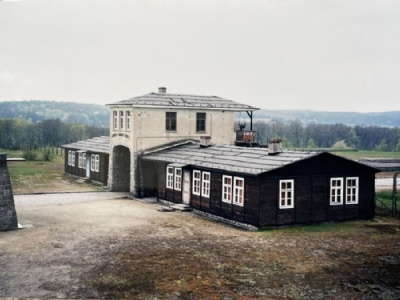
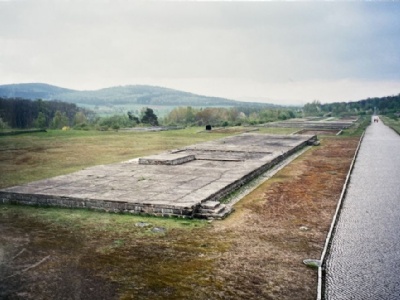
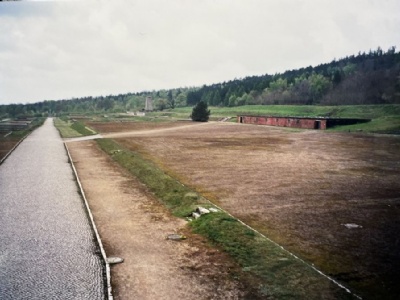
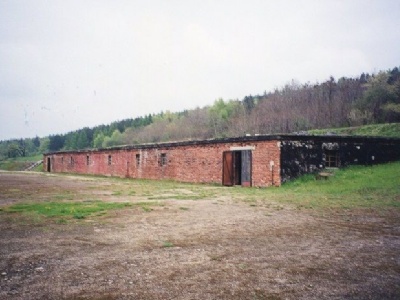
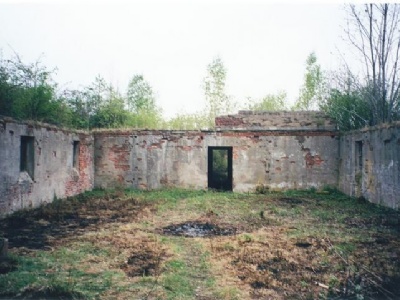
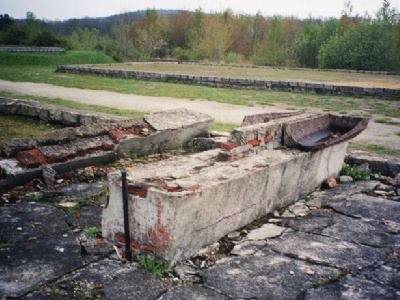
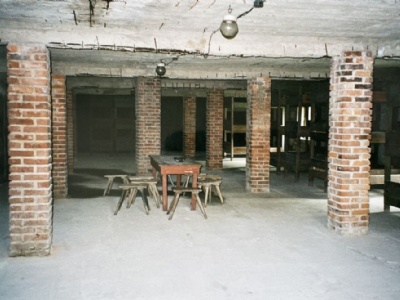

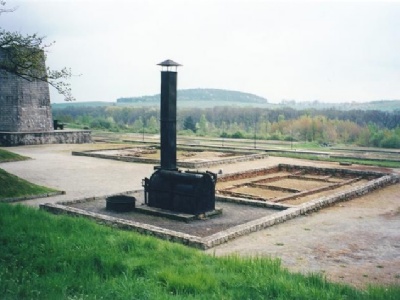
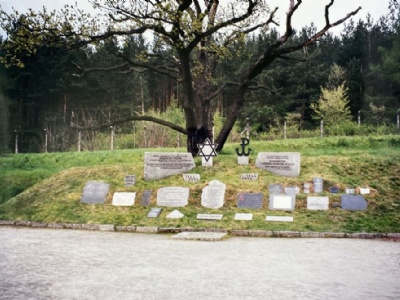
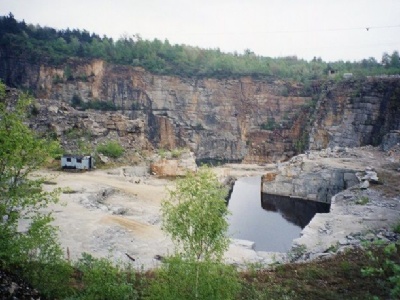
Gross-Rosen is a interesting museum that consists of a mixture of ruins and preserved buildings plus the quarry. Some ruins are in better condition than others and some preserved buildings are in better condition than others. The place is also a bit in the middle of nowhere just far from denser buildings. You do not need to be worried about any congestion, and you are a little too yourself in the camp area. For me, Gross-Rosen is a place where history shows itself from its best side and well worth a visit.